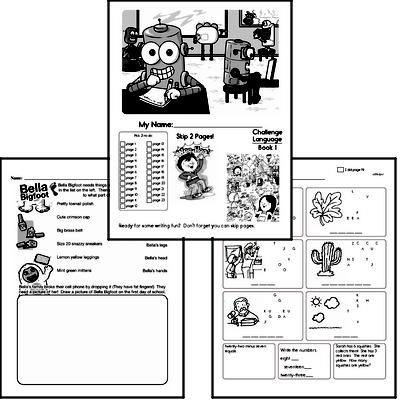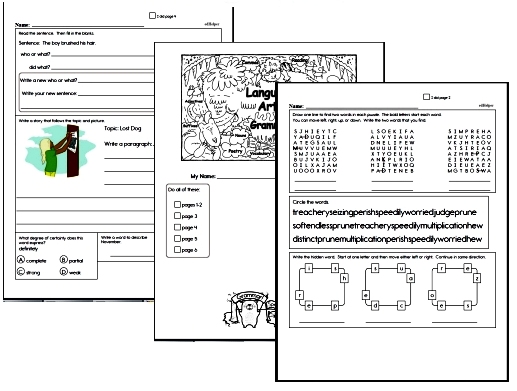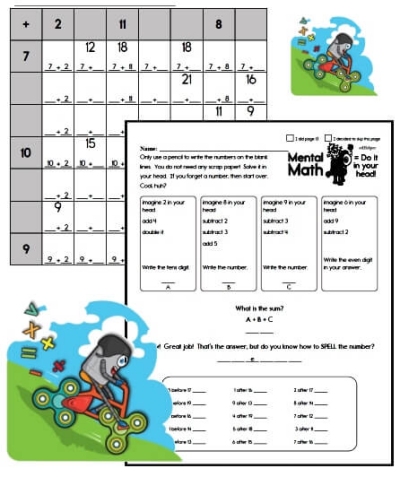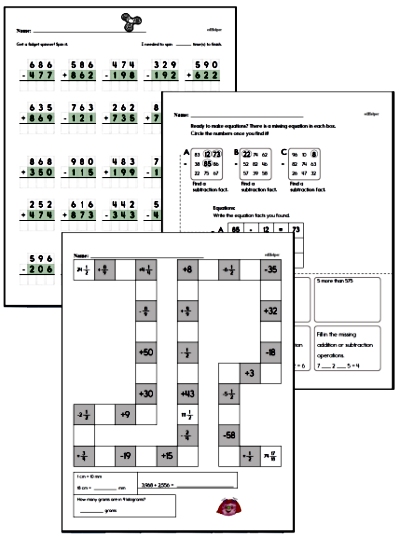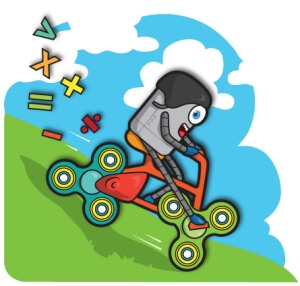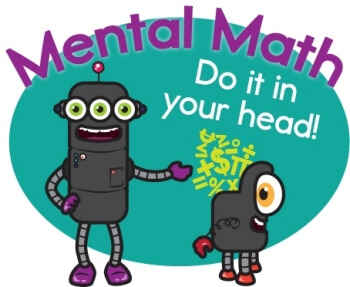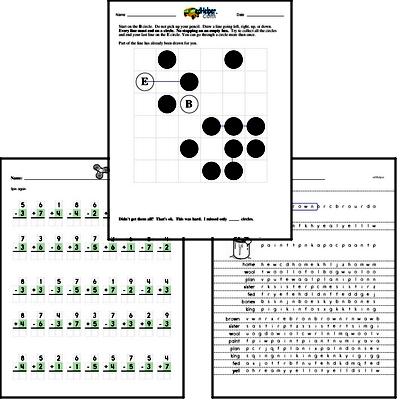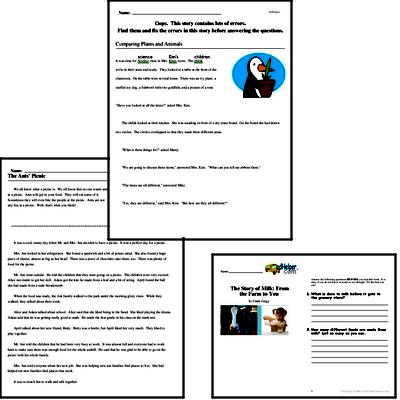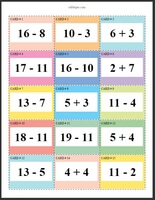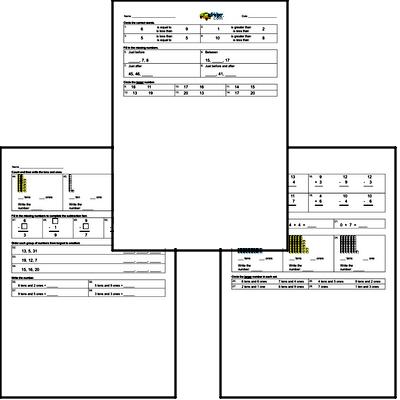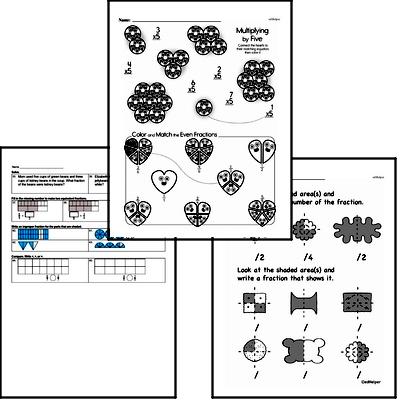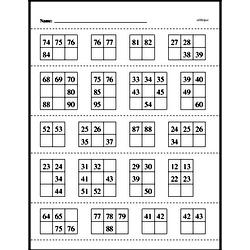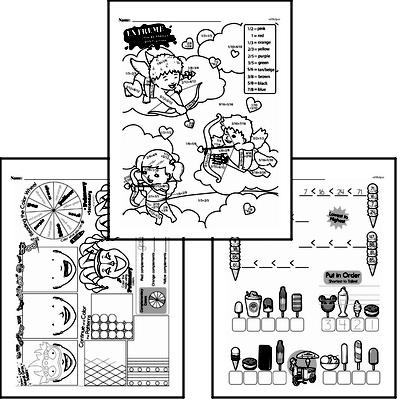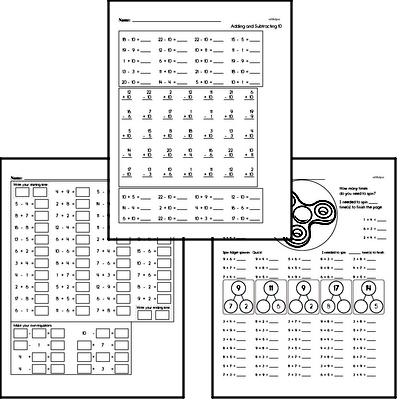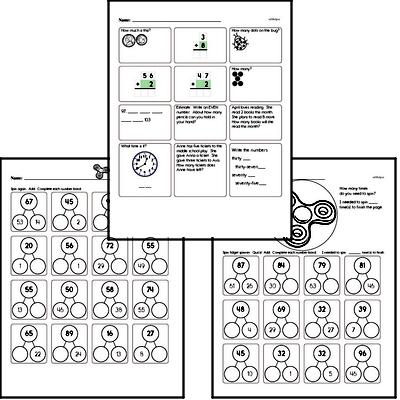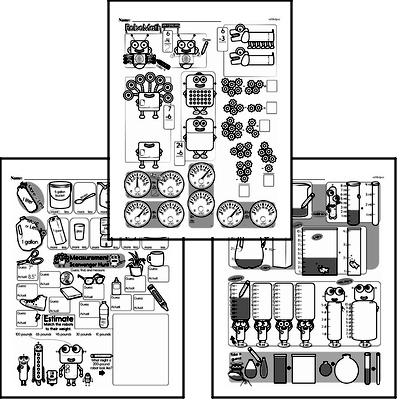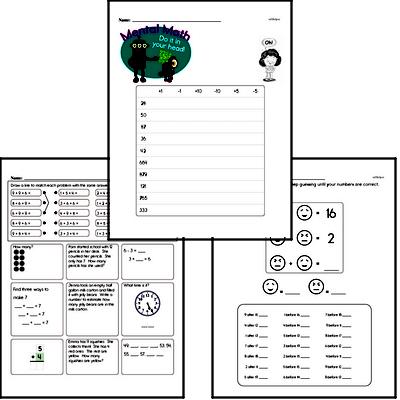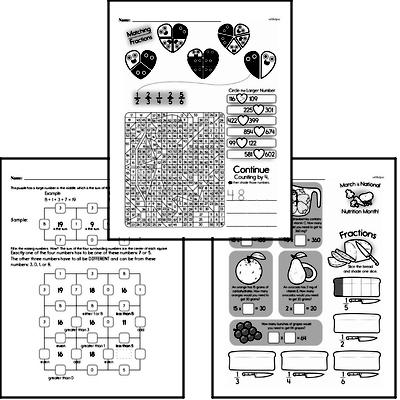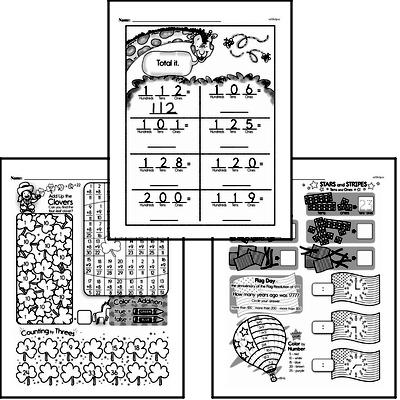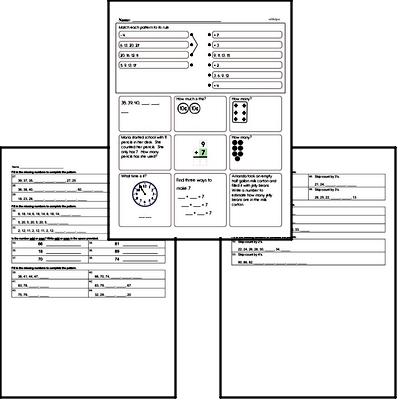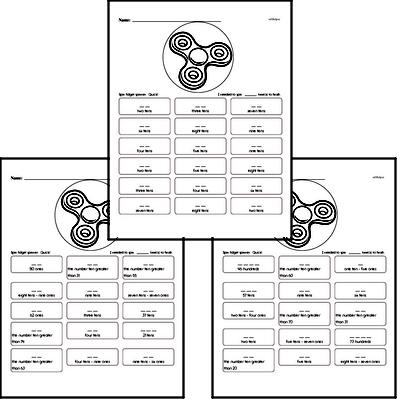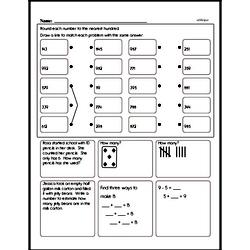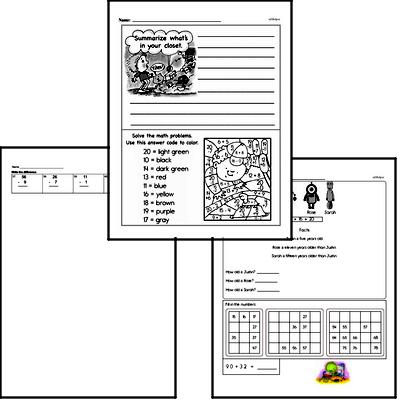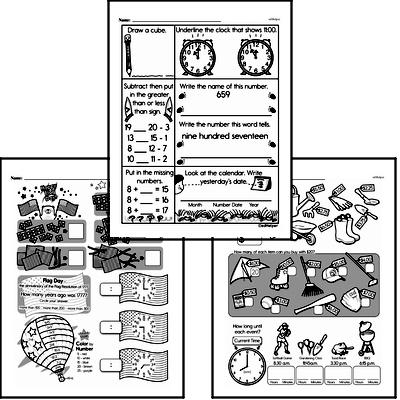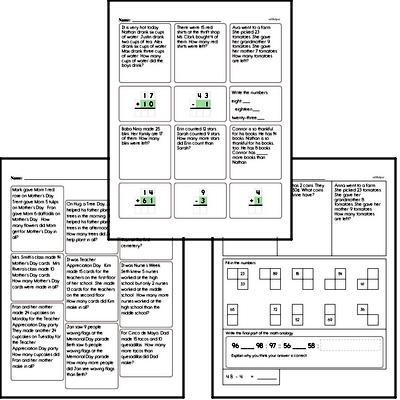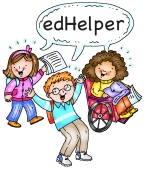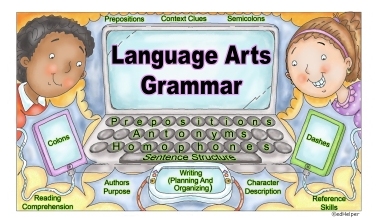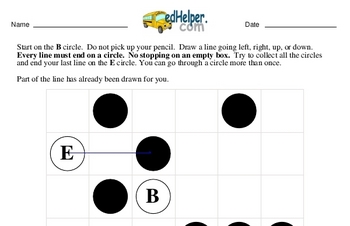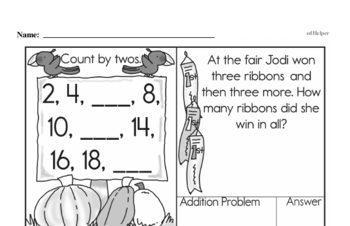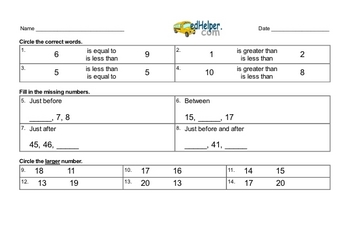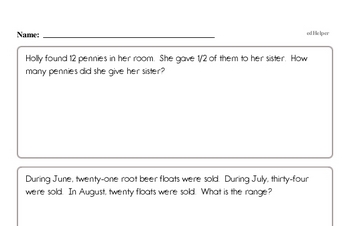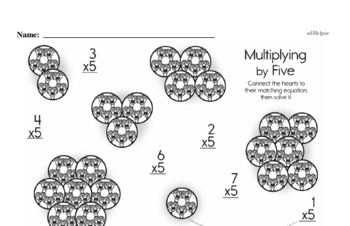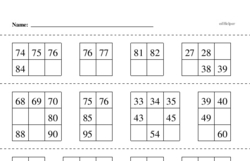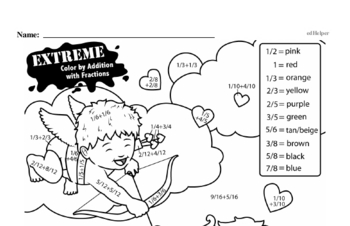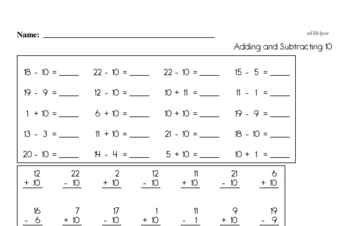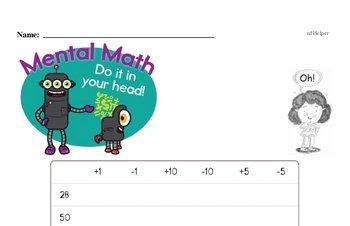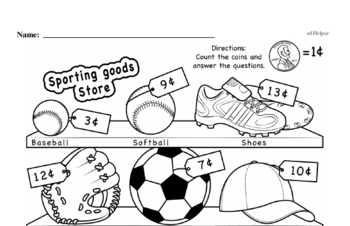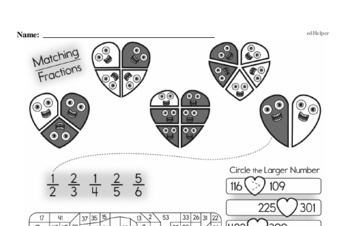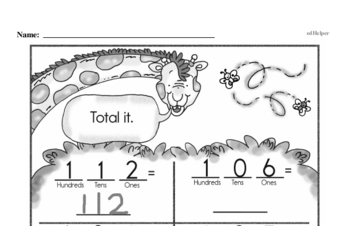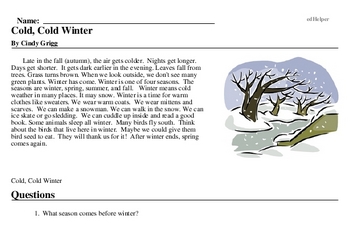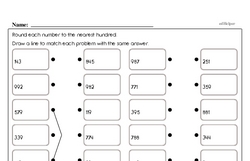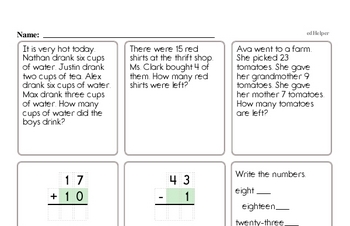Common Core and Math in Second Grade
In second grade, student will focus on four areas: (1) extend understanding of base-ten notation; (2) build fluency with addition and subtraction; (3) use standard units of measure; and (4) describe and analyze shapes.
Second-grade students will memorize all sums of two one-digit numbers and learn the concept of odd and even numbers. They will read and write numbers to 1000 using base-ten numerals, number names, and expanded form. They will count to 1,000 and skip-count by 5s, 10s, and 100s. They will understand place value (thousands, hundreds, tens, and ones) and will compare two three-digit numbers based on meanings of the hundreds, tens, and ones digits and use >, =, and < symbols to record the results of comparisons. They will use place value understanding, the relationship between addition and subtraction, and properties of operations to add and subtract within 1000 and relate the strategy to a written method. They will represent and solve problems involving addition and subtraction and will mentally add or subtract 10 or 100 to a given number 100-900. They will use addition and subtraction within 100 to solve one- and two-step word problems involving situations of adding to, taking from, putting together, taking apart, and comparing, with unknowns in all positions. Students will work with equal groups of objects to lay the foundation for learning multiplication. They will use addition to find the total number of objects arranged in rectangular arrays with up to 5 rows and up to 5 columns and write an equation to express the total as a sum of equal addends. Students will use rulers and other appropriate measurement tools (yardsticks, meter sticks, and measuring tapes) and learn standard units of measure. They will measure and estimate lengths in standard units (inches, feet, centimeters, and meters) and be able to relate addition and subtraction to length. Students will record and interpret data by measuring lengths of several objects to the nearest whole unit, or by making repeated measurements of the same object. They will record and interpret data using line plots, picture graphs, and bar graphs to represent a data set with up to four categories. Students will solve simple put-together, take-apart, and compare problems using information presented in graphs. They will work problems involving money (dollar bills, quarters, dimes, nickels, and pennies, and use the dollar and the cent symbols appropriately) and time (on both analog and digital clocks to the nearest five minutes, using a.m. and p.m.). Students will describe and analyze shapes, including triangles, quadrilaterals, pentagons, hexagons, and cubes, by examining their sides and angles. Students investigate, describe, and reason about taking apart and combining shapes to make other shapes. They will recognize and draw shapes having specified attributes, such as a given number of angles or a given number of equal faces. They will partition a rectangle into rows and columns of same-size squares and count to find the total number of them. Students will partition circles and rectangles into two, three, or four equal shares, describe the shares using the words halves, thirds, half of, a third of, etc., and describe the whole as two halves, three thirds, four fourths, and recognize that equal shares of identical wholes need not have the same shape.
